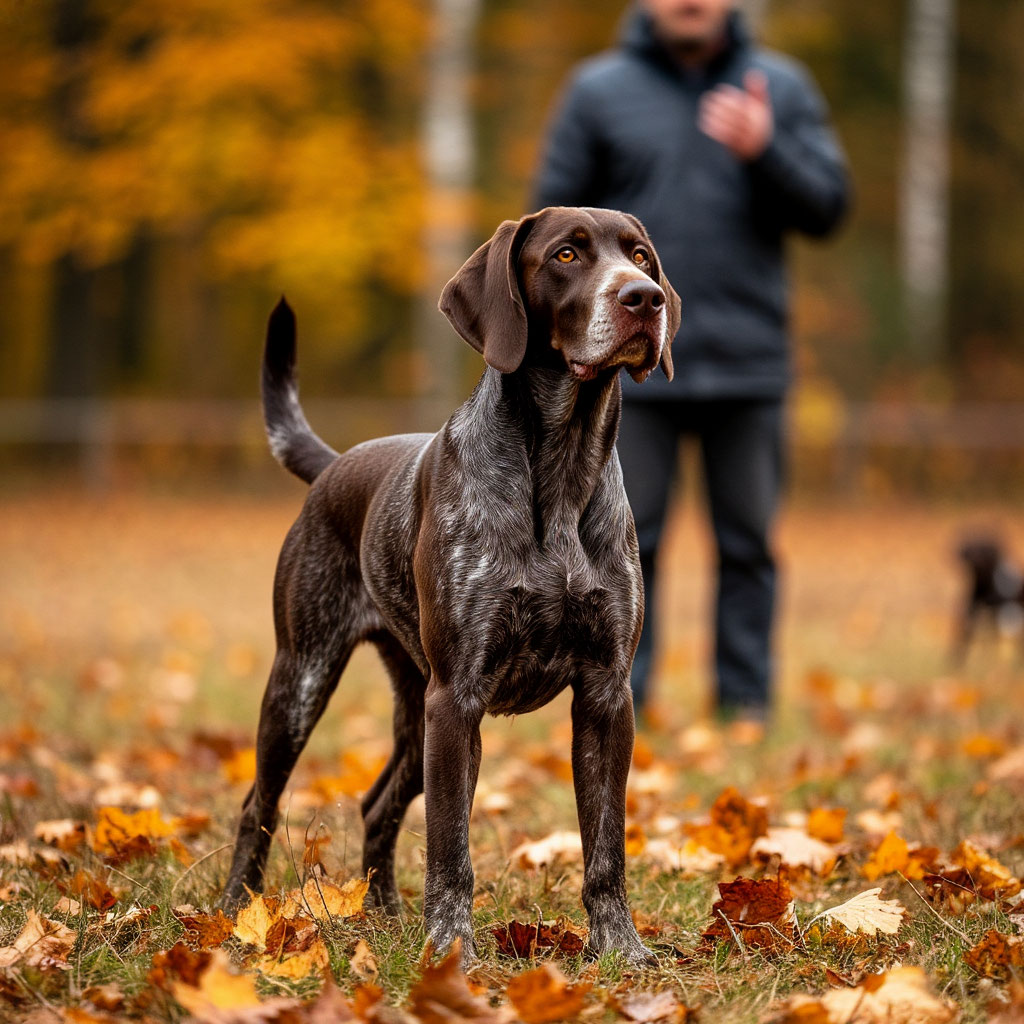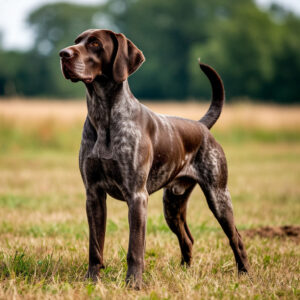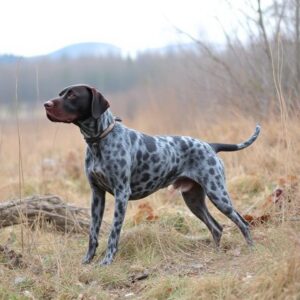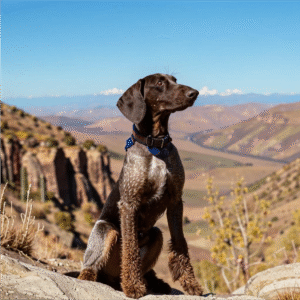Advanced Training Techniques for Started GWPs to Reach Finished Status
Got a started German Wirehaired Pointer (GWP) and want to take their skills to the next level? Whether you’re looking for started pointers for sale or already have one, transitioning from a started to finished gun dog requires patience, consistency, and the right techniques. We will cover advanced hunter obedience, steady wing training and gundog training to help your GWP become a reliable hunting companion.
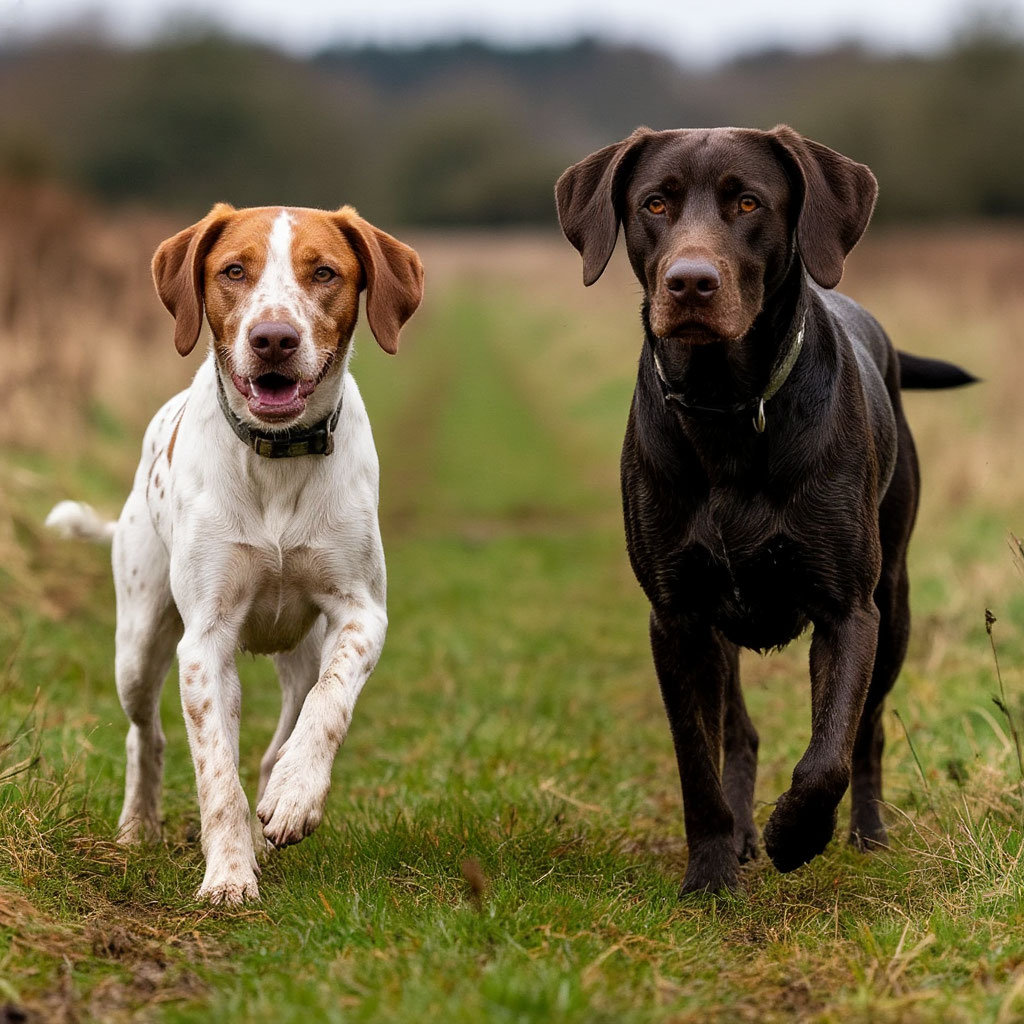
Understanding the Transition from Started to Finished GWPs
Do you have a solid, up-and-coming German Wirehaired Pointer? You’ve found one of those great beginner pointers for sale, or you’ve put in the work yourself. Now it’s time to turn him into a finished hunting partner. This transition isn’t just about more training; it’s about refining what’s already there.
A beginner dog knows the basics — he’s seen birds, handled easy shots, and responded to simple commands. But a finished GWP? He’s a dog with a sparkle. He’s:
- Steady under pressure.
- Retrieves prey with purpose.
- Follows directions without hesitation.
Think of it as turning raw talent into a reliable teammate.
Build on their foundation. Even if your dog comes from the best beginner pointers for sale, he’ll need consistency to grow. Start by reinforcing advanced obedience for hunters in real-world situations. Work on clear responses when distractions abound. A strong “whoa” or sharp recall is important in the field.
Then comes consistent wing training. This is where patience pays off. Your dog should hold the position without stalking or breaking away, waiting for your signal. Training with set birds helps, but keep the sessions short and positive. Frustration will not speed up the process.
Don’t forget about gundog training. A ready hunter needs stamina and focus. Vary the terrain, introduce different retrieves, and keep his mind busy. The goal is a dog that works as well at the end of the day as he did at the beginning.
If you are still looking for beginner pointers for sale, look for dogs with an obvious love for the job. A strong start makes the transition smoother. But remember, every dog progresses at his own pace. Celebrate small victories, be consistent, and trust the process. Soon you will have a partner who is ready for anything.
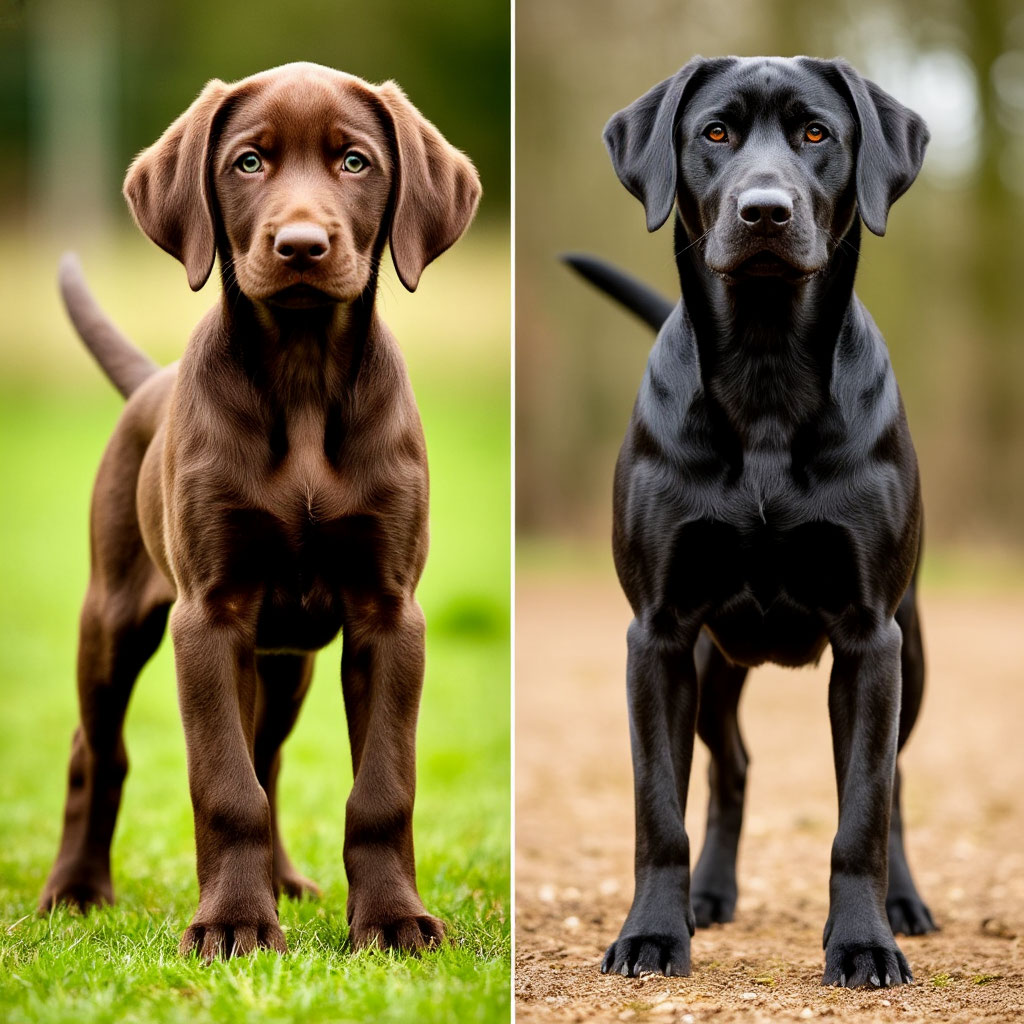
What Does “Started” vs. “Finished” Mean?
When browsing started pointers for sale, you’ll often see dogs labeled as either started or finished. Here’s what those terms really mean:
- Started GWPs have basic obedience down (like “sit,” “stay,” and “come”) and some exposure to birds and gunfire. They may point naturally but still need work on steadiness and advanced field manners.
- Finished GWPs are fully polished—they’re steady to wing, handle retrieves cleanly, and can work seamlessly in hunting scenarios without constant direction.
Think of it like driving: A started dog has their learner’s permit—they know the basics but still need guidance. A finished dog has their license and can handle the road solo.
Key Milestones in the Transition
Taking your German Wirehaired Pointer from started to finished is a step-by-step journey. Whether you’ve picked up one of the best started pointers for sale or trained your own, hitting these milestones ensures steady progress.
Core Training Stages for a Reliable Hunting Partner
| Milestone | Focus Area | Why It Matters |
| Reinforcing Basics | Advanced obedience for hunters | Ensures commands stick even with distractions. |
| Steady Pointing | Steady to wing training | Prevents premature flushing for better shot opportunities. |
| Controlled Retrieves | Delivery to hand, no mouthing | Keeps birds intact and builds trust in the field. |
| Gun Confidence | Gun dog conditioning | Maintains focus despite gunfire and excitement. |
| Field Versatility | Work in thick cover & open land | Prepares for real hunting scenarios. |
The transition doesn’t happen overnight. A new sales pointer may have some skills, but it takes patience to hone them. Start with real-world obedience. Practice around live birds, reinforce retrieving with gentle corrections, and gradually increase the difficulty.
Many handlers rush wing training. Don’t rush it. Use control cords and seated birds to build patience. If your GWP breaks, gently reset. Over time, they will learn to hold on until they let go.
Conditioning is as important as training. A finished dog needs stamina, so mix long runs with focused training. Keep the sessions interesting, as burnout slows progress.
If you’re still looking at new sales pointers, look for dogs with drive and early exposure to birds. A solid foundation makes the transition smoother. But remember, every dog learns at his own pace. Be consistent, celebrate progress, and your GWP will become the hunting partner you strive for.
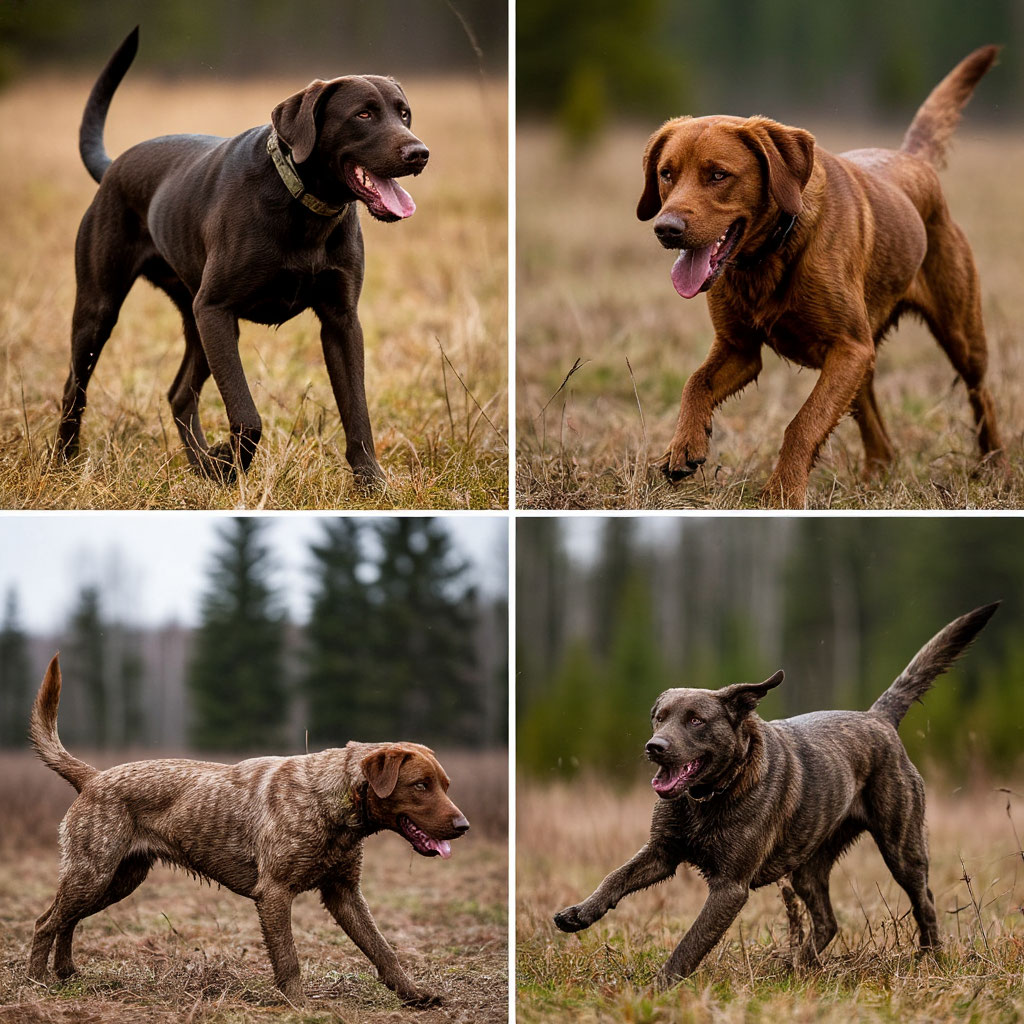
Setting Realistic Expectations
Not all GWPs progress at the same rate. Some dogs pick things up quickly, while others need more repetition. Patience will help. Moving too quickly can lead to failure.
If you are buying a beginner pointer, look for dogs with:
- A solid foundation in basic commands.
- A positive history with birds and shooting.
- A temperament that matches your hunting style (dogs with a high level of training will need more structured training, while calmer ones may need extra motivation).
The transition from beginner to advanced is about building on what they already know and honing their skills in the field. Whether you are working with a dog you have raised or one you have found in a beginner pointer, consistency and patience will make the transition smoother.
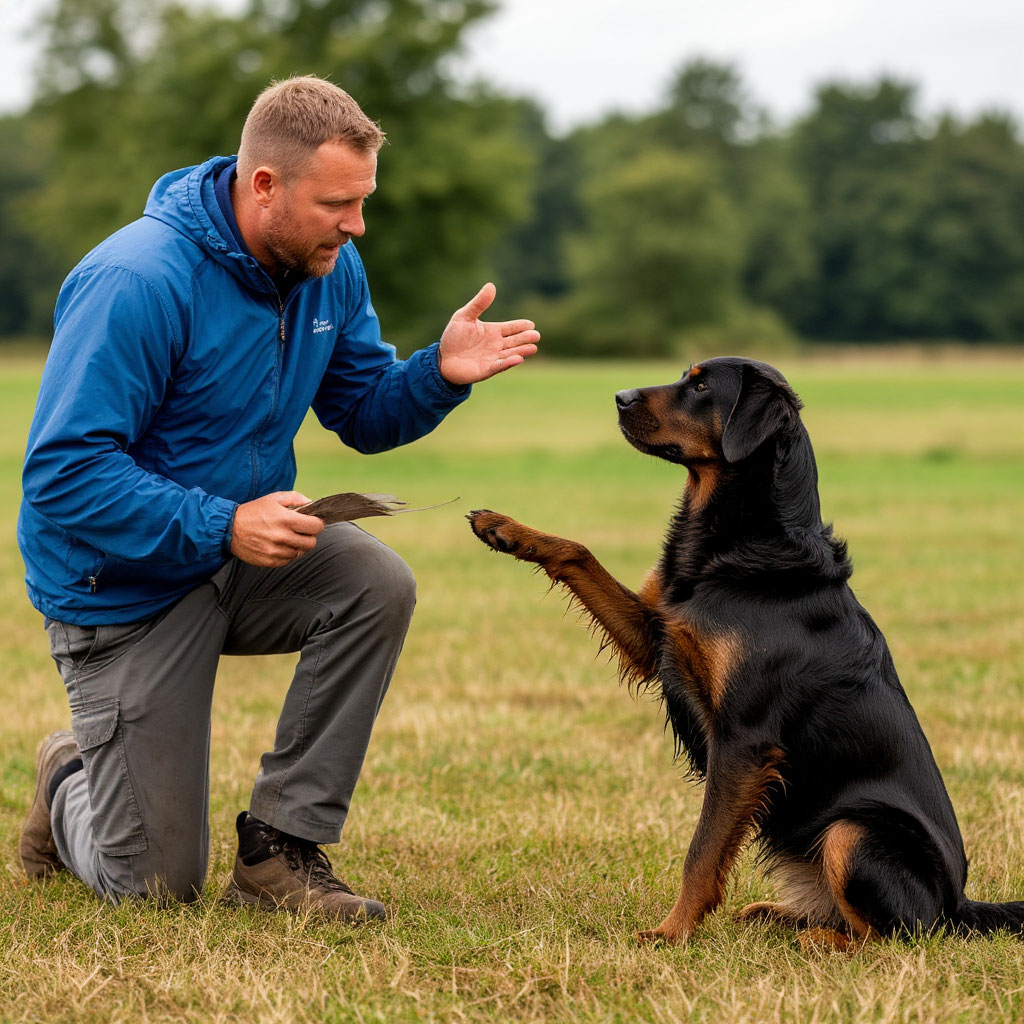
Advanced Obedience for Hunters
A complete GWP requires clear responses in the field. Start by testing basic commands amid distractions—practice “heel” around fluttering birds and reinforce “stay” with shots at a distance. Silent hand signals are critical when verbal commands fail.
Off-leash reliability separates the dogs who are on the hunt from the dogs who are off. Use the e-collar sparingly—only to reinforce known commands, never as a punishment. Work on recalls during moments of high drive, such as in the middle of a chase.
Incorporate directional signals. Teach your dog to change direction with a whistle or hand signal. This level of advanced obedience for hunters ensures seamless communication when the birds are in the air. Consistency now equals flawless execution later.
Steady to Winged Hunt Training for GWP
A steady point separates a good dog from a ready hunter. Start with short drills using set birds, reinforcing the “stay” command. Gradually increase the distance and duration, making sure your GWP holds the position until released.
Slowly introduce distractions: other dogs, movement, or light shots. This will build confidence. Avoid overcorrection, as patience produces better results than pressure.
For those studying started pointers for sale, prioritize dogs with natural pointer instincts. A solid foundation in steady to winged hunting training makes the transition smoother. Keep training positive – consistent, positive reinforcement creates a reliable partner in the field.
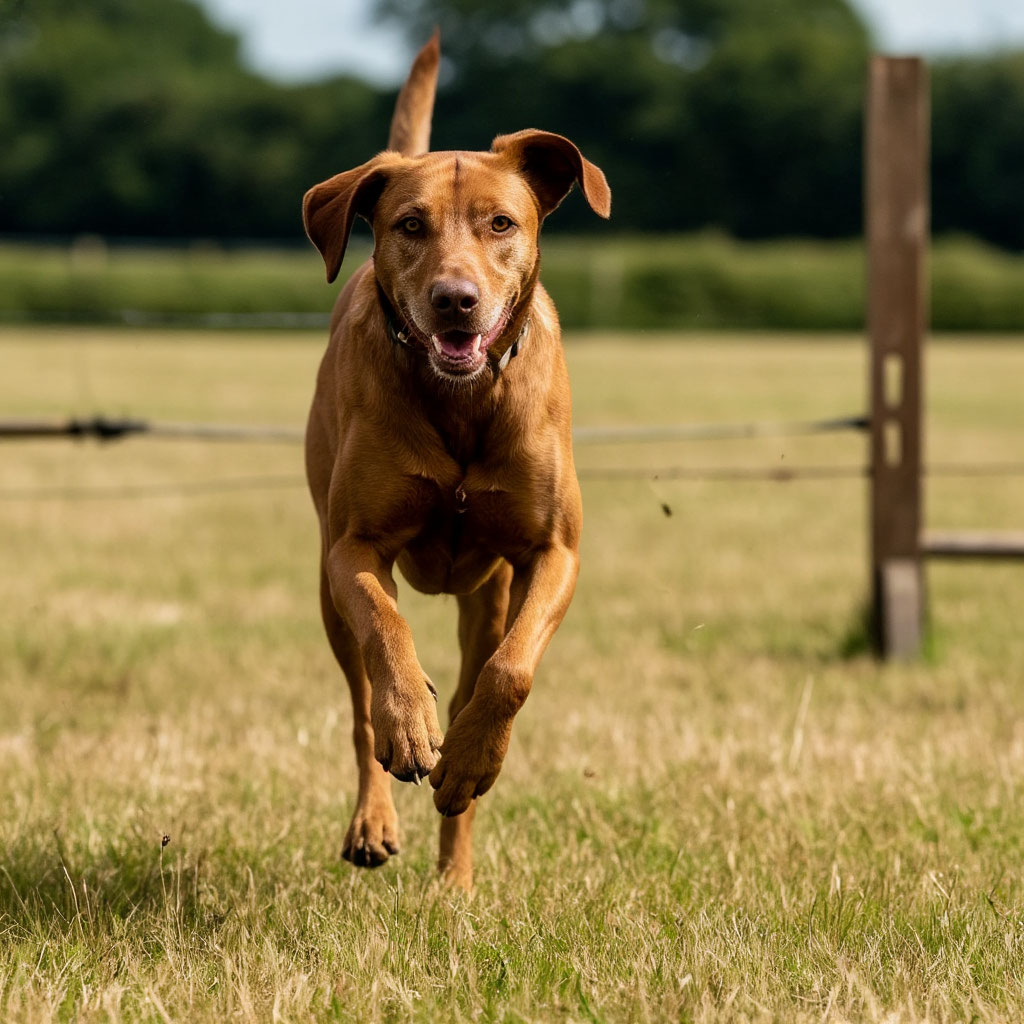
Training a Hunting Dog for Peak Performance
Creating a reliable hunting companion requires a balanced physical and mental preparation. For German Wirehaired Pointers, proper hunting dog training means developing both endurance and focus through progressive training. Start with regular exercise that involves running over a variety of terrain. This builds the stamina needed for long days in the field.
Include retrieving exercises that gradually become more challenging. Keep training positive and fun. Mental preparation is equally important. Expose your dog to shots in controlled conditions during regular wing training, combining sound with rewarding experiences.
When working on advanced obedience for hunters, combine these exercises with real hunting scenarios. Short, focused sessions with live birds help maintain enthusiasm and reinforce discipline. If you are considering selling a beginner pointer, look for dogs that have already begun this training process – it makes the transition to a finished hunting dog much smoother. Remember, maximum performance comes from consistency. Alternate vigorous exercise with gentle walks to prevent burnout. The goal is to produce a confident, hardy dog that will remain alert throughout each hunting season.
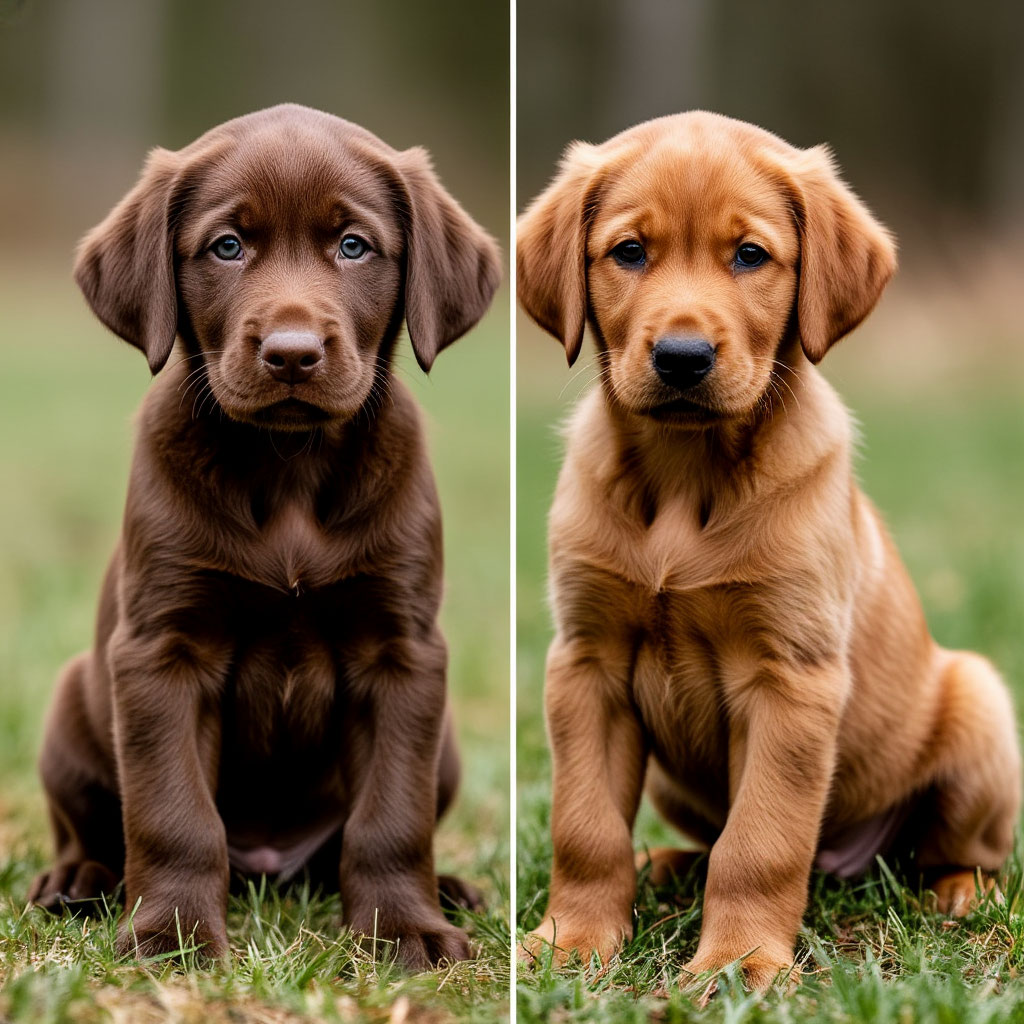
Choosing the Right Beginner Pointer for Sale
Finding the perfect Beginner Pointer for sale requires careful evaluation to ensure a smooth transition to a finished hunting dog. Look for dogs with a proven track record. Those who are already familiar with birds and comfortable with firearms will adapt more quickly to advanced hunter obedience. A solid foundation in basic commands is critical as it shows the dog’s readiness for more challenging training.
Bloodlines matter. Look for GWPs from working parents as genetics play a major role in hunting instincts and trainability. Observe the dog’s temperament. A balanced mix of drive and obedience makes them the best candidates for standing-to-wing training. Avoid dogs that appear overly timid or uncontrollably hyperactive. These traits make training more challenging.
Ask for training tapes or demonstrations. A quality beginner GWP should demonstrate natural pointing ability and basic retrieving skills. If possible, arrange a field trial to see how the dog reacts to birds and the sound of a gunshot in a real-life setting. Investing in the right pointers for sale from the start saves time and effort in the process of training your gundog. Prioritize dogs that demonstrate enthusiasm for hunting while maintaining sufficient focus to follow commands – this balance is the key to developing an exceptional hunting partner.
Taking a started GWP to a finished hunting companion is a rewarding journey. By focusing on advanced obedience for hunters, steady to wing training, and proper gun dog conditioning, you’ll develop a reliable and skilled partner in the field. If you’re searching for started pointers for sale, prioritize dogs with a solid foundation to make the transition from started to finished smoother.
